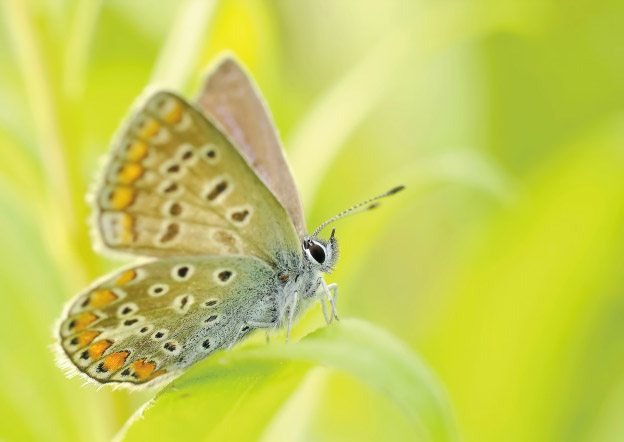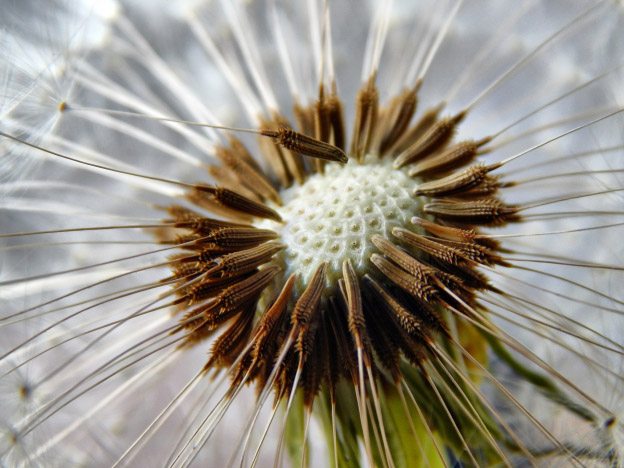Macro photography is a fun and rewarding niche that allows you to showcase the mesmerizing, otherworldly beauty of your subject by highlighting the minute details that are normally not visible to the naked eye. It also allows you to tell a unique story and connect with your audience through your images.

Whether you’re practicing to improve your craft or just learning how to get started, here are some of the best tips for mastering macro photography:
Choose the right macro lens
Even if you already have a macro lens in your kit, it’s important to make sure that you have the right one for your needs. Macro lenses are not the same across the board—there are certain nuances that differentiate macro lenses from each other, such as focal length, magnification, and focusing distance. There are a few more, but these are the three most important factors to consider when choosing a macro lens.
The right macro lens for you will largely depend on the subjects you plan to photograph. If your primary subjects are flowers, blades of grass, drops of water, and other inanimate objects, you can choose a shorter focal length of at least 45mm. If you plan on shooting skittish subjects such as insects or small animals, you need a macro lens with a focal length of at least 90mm.
Maximize the use of stabilization devices
Just as it is with other popular photography niches, camera stability is also important in macro photography. Photographers commonly use tripods to keep their cameras steady, which also enables them to use slower shutter speeds. In effect, having a slower shutter speed allows the use of smaller apertures that are perfect for bringing out more detail in your macro shots.
Other unorthodox but commonly used tools for keeping cameras or subjects in place include clothespins and clamps. Even a piece of cardboard can help keep your device in place and minimize the impact of the wind while you frame your subject. By all means, be creative with your camera, subject, and even backdrop support to improve your shot and achieve your desired output.
Learn to focus properly and accurately
It goes without saying that losing focus on your subject, despite having a well-composed frame or good depth of field, can ruin an otherwise beautiful shot. Focusing on different parts of the frame or subject can yield interesting changes in perspective, but you’ll still want to have the star of your image in sharp and clear view at all times.

One technique you can use in keeping the focus of your camera while shooting in macro is to set your camera in manual focus and then set your macro lens and focus ring at 1:1.
Afterwards, you can then slowly move the camera forwards or backwards while using a tripod or your stability device of choice until you find that “sweet spot” where your subject or a specific area of the frame is in sharp focus.
Be particular with your depth of field
Depth of field is crucial when taking macro pictures. If you’re a professional or an aspiring photographer, you’ve probably already noticed that sudden changes in depth of field can greatly affect the outcome of your shot. To avoid inconsistencies, you’ll need to use the correct settings.
One way to achieve the right depth of field is to set your camera on a surface parallel to your subject. This way, your sensor will be perpendicular to the object you are shooting and you can optimize your depth of field.
If you’re using a 1:1 macro lens setting, it is recommended that you set it to shutter speeds of 1/200 or faster to ensure sharp images, then use an aperture of f/22. However, many shooting conditions often require you to sacrifice either your shutter speed or aperture. If you have a choice, go steady with a still subject or tripod for your camera and shoot with slower shutter speeds. This way, you can use apertures of f/16 to f/22, where you can have a sharp subject and a good amount of background bokeh without underexposing your shot.
Experiment with various angles and lighting
Proper perspective and lighting play an important role in bringing out the beauty of your photographic subjects, so don’t be afraid to experiment. You can always use additional lighting, such as external flashes, ambient lights, sunlight, or makeshift light sources like lamps and flashlights, and even filters, to expose your subjects to your liking. Or, you can use reflectors to make harsh or direct lighting bounce and create a more diffused, soft lighting for your subject.
At the same time, Instead of capturing a macro photo that looks just like your favorite close up shot from a magazine, look for a new angle and make the shot your own. Simply tilting your camera, placing your subject off center, or changing your perspective can instantly make your macro photography stand out among the rest.
Be mindful of the composition
It is a common misconception that you do not have to bother with a subject’s surroundings in macro photography, since it involves the careful art of zooming in so close to a particular subject that the background is barely visible. In reality, you still do—especially if you want to capture a good photo with a more meaningful composition.
Photographers in general need to consider how their subjects and backgrounds work with each other in the frame. As a macro photographer, you also have to be mindful of how colors and textures play into the mix, especially when you’re zooming in to bring out details of a particular object or living thing.
While certain parts of the background will most likely be blurred in most of your close up shots, the photo will visually look and feel a lot better for your viewers when you are careful with your entire composition and the elements in the frame are in sync with each other.
Adding these tips to your existing knowledge about this niche will further improve your photography skills and quality of your photos, as well as allow you to market yourself as a more versatile photographer.
 Shane Haumpton is a beginner in terms of writing, self-confessed coffee addict and shutterbug, and manages to do all these while enjoying life as a nomad. She is interested in writing on a variety of topics, ranging from lifestyle, photography, travel, and arts and crafts to gadgets, social media, and internet safety.
Shane Haumpton is a beginner in terms of writing, self-confessed coffee addict and shutterbug, and manages to do all these while enjoying life as a nomad. She is interested in writing on a variety of topics, ranging from lifestyle, photography, travel, and arts and crafts to gadgets, social media, and internet safety.
Twitter: @shane_haumpton
Here’s how you can share your tips, techniques and tutorials on CurrentPhotographer.com
*The Current Photographer website contains links to our affiliate partners. Purchasing products and services through these links helps support our efforts to bring you the quality information you love and there’s no additional cost to you.